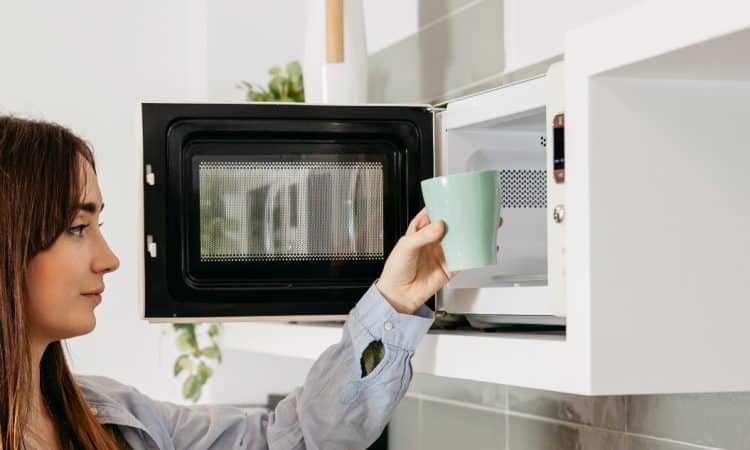
The Surprising Microbial World Inside Your Microwave
Since the Industrial Revolution, microbes have been on a mission to pop up in all sorts of new places. But, there’s one spot that’s home to a super special community of microbes that have really made themselves at home: the microwave! This fascinating find was recently published in the scientific journal Frontiers in Microbiology by some brilliant researchers in Spain.
The Significance of Microwave Microbes
Not only is this finding significant from a hygiene perspective, but it could also have biotechnological implications. If the strains found inside microwaves can be harnessed, they could be used in industrial processes that require particularly resistant bacteria.
“Our results reveal that domestic microwaves have a more ‘anthropized’ microbiome, similar to that of kitchen surfaces, while laboratory microwaves harbor bacteria that are more resistant to radiation,” explains Daniel Torrent, a researcher at the Darwin Bioprospecting Excellence SL start-up in Paterna.
Exploring Microbial Diversity in Microwaves
Torrent and his colleagues conducted a study by sampling microbes from inside 30 microwaves: 10 from private homes, 10 from shared domestic spaces (such as corporate centers, scientific institutes, and cafeterias), and 10 from molecular biology and microbiology laboratories. The goal was to determine whether these microbial communities are influenced by food interactions and user habits.
To assess microbial diversity, the researchers used two complementary methods: next-generation sequencing and culturing 101 strains on five different media. In total, they discovered 747 different genera within 25 bacterial phyla. The most frequent were Firmicutes, Actinobacteria, and, above all, Proteobacteria.
Differences in Microbial Communities
The study found that the microbial community composition partly overlapped between shared domestic and single household microwaves, whereas laboratory microwaves were quite different. Diversity was lower in domestic microwaves and higher in laboratory microwaves.
Certain genera, such as Acinetobacter, Bhargavaea, Brevibacterium, Brevundimonas, Dermacoccus, Klebsiella, Pantoea, Pseudoxanthomonas, and Rhizobium, were exclusively found in domestic microwaves. In contrast, genera such as Arthrobacter, Enterobacter, Janibacter, Methylobacterium, Neobacillus, Nocardioides, Novosphingobium, Paenibacillus, Peribacillus, Planococcus, Rothia, Sporosarcina, and Terribacillus were unique to shared domestic microwaves.
Nonomuraea bacteria were isolated exclusively in laboratory microwaves. Additionally, Delftia, Micrococcus, Deinococcus, and an unidentified genus of the phylum Cyanobacteria were common in laboratory microwaves, appearing in significantly higher frequencies than in domestic ones.
Implications and Recommendations
The authors compared the observed diversity with that of specialized habitats reported in the literature. As expected, the microbiome of microwaves resembled that of typical kitchen surfaces. “Some species of genera found in domestic microwaves, such as Klebsiella, Enterococcus, and Aeromonas, may pose a risk to human health,” Torrent noted. However, he emphasized that the microbial population found in microwaves does not present a unique or increased risk compared to other common kitchen surfaces.
Interestingly, the microwave microbiome was also similar to that of an industrial habitat: solar panels. The authors suggest that the constant thermal shock, electromagnetic radiation, and desiccation in these highly irradiated environments have repeatedly selected for highly resistant microbes, similar to those found in microwaves.
“For both the general public and laboratory personnel, we recommend regularly disinfecting microwave ovens with a dilute bleach solution or a commercially available disinfectant spray. In addition, it is important to wipe the interior surfaces with a damp cloth after each use to remove any residue and to immediately clean up spills to prevent bacterial growth,” advises Torrent.
By understanding the microbial communities inside microwaves, we can better appreciate their potential impact on hygiene and explore their possible applications in biotechnology.

